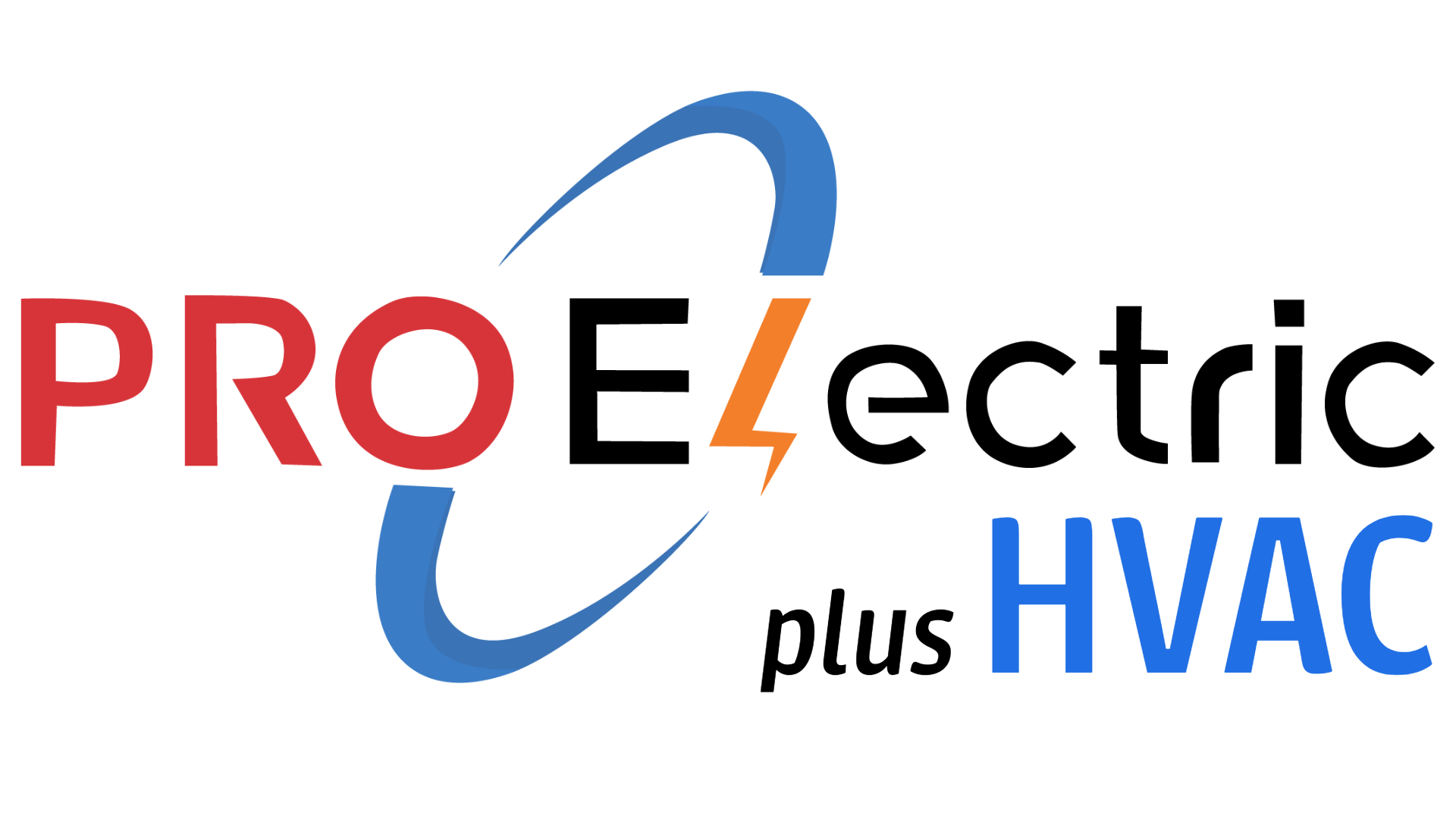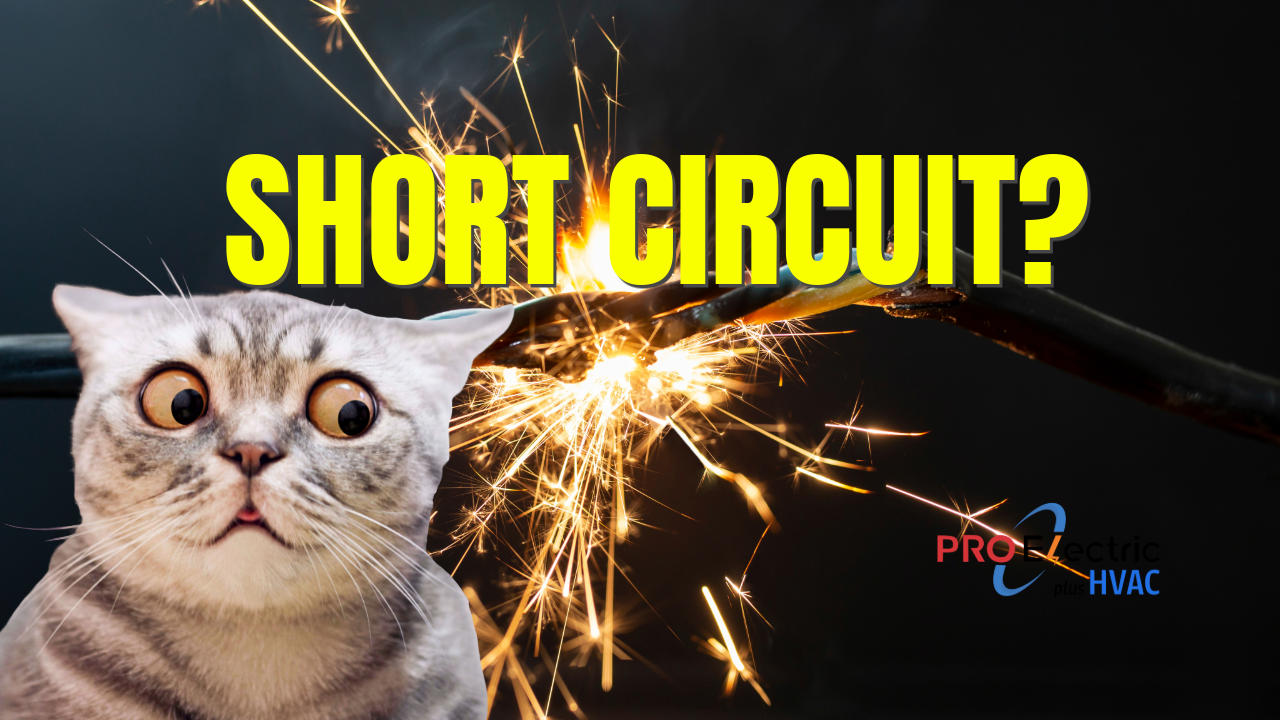Power surges are brief surges of electric voltage that can seriously harm your house’s electrical system, including circuit breakers.
Lightning strikes, faulty appliances, or power outages could cause these unpredicted voltage spikes.
They can seriously damage circuit breakers to protect your house from electrical faults and overloads.
Finding out how power surges impact circuit breakers is vital for electric security, safeguarding your house from harm from the infrastructure inside your home, and ensuring the functioning of your devices and products.
This guide details fifty ways power surges could overload circuit breakers and how to safeguard your electric system from these hazards.
The impact power surges have on circuit breakers is explained in 50 explanations here:
-
Frequent breaker tripping
-
Overheating of breakers
-
Damage to breaker components
-
Reduced breaker lifespan
-
Increased risk of electrical fires
-
Insufficient protection of circuits
-
Breaker malfunctioning
-
Inconsistent power distribution
-
Compromised electrical safety
-
Breaker failure to reset
-
Increased maintenance costs
-
Disruption of household appliances
-
Overloaded electrical panels
-
Corroded breaker terminals
-
Breaker overheating hazards
-
Interruption of power supply
-
Compromised breaker sensitivity
-
Permanent damage to breakers
-
Increased likelihood of short circuits
-
Breaker overheating signs
-
Reduced electrical system reliability
-
Frequent need for replacements
-
Breaker overheating protection failure
-
Increased electrical resistance
-
Breaker thermal expansion issues
-
Compromised breaker trip mechanisms
-
Breaker degradation over time
-
Higher risk of electrical shocks
-
Breaker thermal overloads
-
Breaker electrical arcing
-
Damaged breaker insulation
-
Breaker failure under load
-
Increased breaker wear and tear
-
Breaker instability in circuits
-
Breaker protection threshold lowering
-
Breaker tripping due to voltage spikes
-
Breaker overheating due to high currents
-
Breaker damage from lightning strikes
-
Breaker failure during power surges
-
Breaker component weakening
-
Breaker operational inefficiency
-
Breaker failure to protect circuits
-
Breaker trip frequency escalation
-
Breaker protection system compromise
-
Circuit instability from breaker damage
-
Breaker thermal stress accumulation
-
Breaker contact welding
-
Breaker response time slowing
-
Breaker internal arc damage
-
Breaker safety feature impairment
Power surges can usually trip, overheating, and damage circuit breakers, thereby making your home electrical system dangerous and unreliable.
Ensure your circuit breakers work with regular maintenance and surge protection.


